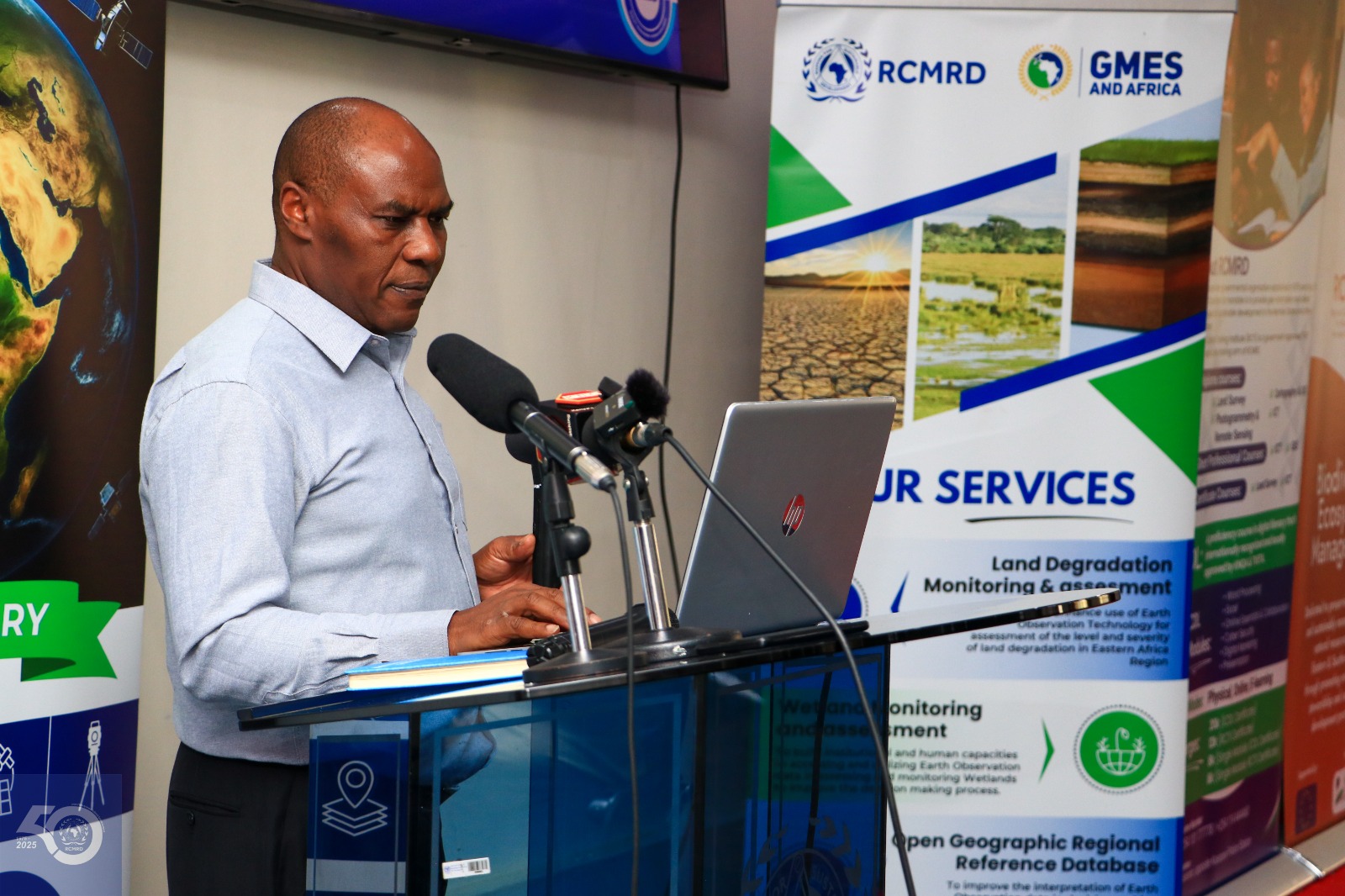Kenya has taken a bold step in the fight against land
degradation with the launch of new geospatial tools that promise to transform
how the country protects its environment.
This follows the handing over of Land Degradation Index Map
(LDIM) products to the Directorate of Resource Surveys and Remote Sensing
(DRSRS) by the Regional Centre for Mapping of Resources for Development (RCMRD).
These tools are part of the Global Monitoring for
Environment and Security (GMES) and Africa project.
The maps provide a clear picture of land degradation across
Kenya and will help the government identify the worst-hit areas and focus
restoration efforts where they are needed most.
The Directorate of Resource Survey and Remote Sensing
(DRSRS) is a government agency in Kenya that plays a crucial role in the
management and utilization of geospatial information and remote sensing data
for various purposes, including natural resource management, environmental
monitoring, and development planning.
This comes at a crucial time as Kenya rolls out a major
tree-planting campaign championed by President William Ruto.
According to the Vincent Imala, Geo-Information Officer at
DRSRS, this dataset will be instrumental in guiding the Kenyan government’s
strategic decisions regarding priority areas for tree planting across the 47
counties.
“This dataset is instrumental in guiding our strategic
decisions on where to focus tree planting efforts,” said Vincent Imala, a
Geo-Information Officer at DRSRS.
“By analysing the LDIM data, we aim to identify highly
degraded areas for intervention ensuring the maximum ecological and societal
impact.”
The campaign aims to restore damaged ecosystems, tackle
climate change, and improve the livelihoods of communities affected by
environmental decline.
To make these efforts more effective, DRSRS has also
introduced a new digital tool dubbed Jazamiti
Application, the geoportal uses the LDIM data to monitor and manage tree
planting and land restoration activities.
It is expected to enhance transparency and ensure that resources
go to areas that need them the most.
The initiative is part of a broader push to use Earth
Observation (EO) technology in Africa.
RCMRD, which serves over 20 African countries, is leading
this effort in Eastern and Southern Africa.
Supported by the African Union and the European Union, the
GMES and Africa project is helping countries respond to environmental and
climate challenges with science-based solutions.
By integrating EO data into planning and decision-making,
Kenya is aiming for long-term sustainability and resilience.


